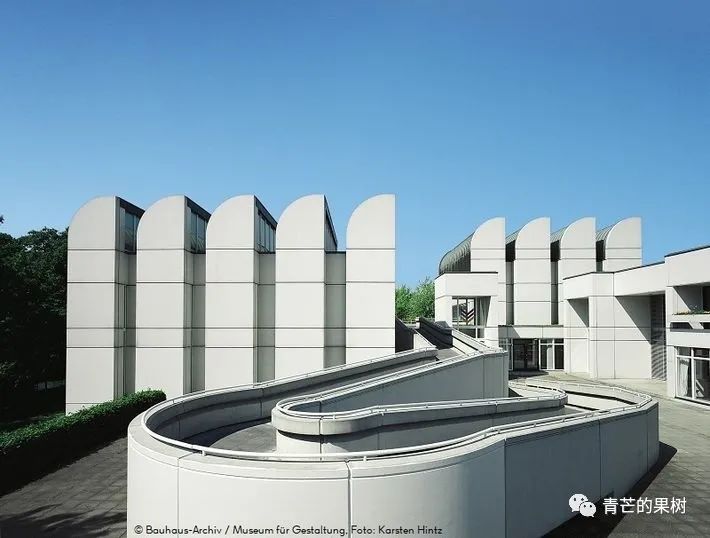Designing office buildings is a highly comprehensive task that involves multiple fields such as architecture, interior design, urban planning, and structural design. Office buildings not only need to meet functional requirements, but also pay attention to multiple aspects such as spatial layout, environmental atmosphere, and humanistic care. Below, I will explore in detail how to design office buildings from multiple dimensions..
1. Clarifying the functional requirements of office buildings is the foundation of design. Office buildings usually include functional areas such as office areas, meeting rooms, rest areas, and bathrooms. At the beginning of the design, it is necessary to have a deep understanding of the user’s needs, such as company size, number of employees, business type, etc., in order to determine the area and layout of each functional area. At the same time, it is necessary to consider potential expansion needs in the future and reserve a certain amount of development space for office buildings..
2. In terms of spatial layout, office buildings should focus on efficiency, flexibility, and comfort. The office area can adopt an open or closed layout, selected according to the company’s culture and business needs. An open layout helps improve team collaboration efficiency, while a closed layout is more suitable for employees who require independent workspaces. In addition, auxiliary spaces such as meeting rooms and rest areas should be reasonably distributed for easy use by employees. At the same time, office buildings should also pay attention to ventilation, lighting, and greening, creating a comfortable working environment for employees..
3. In terms of creating an environmental atmosphere, office buildings should pursue a minimalist, modern, and humanistic style. Architectural design should focus on the smoothness of lines and the layering of space to create a simple and lively atmosphere. Meanwhile, sustainable development of office buildings can be achieved through the use of environmentally friendly materials and green design techniques. In addition, humanistic care is also an indispensable part of office building design. By setting up public communication areas and organizing cultural activities, communication and interaction among employees can be enhanced, enhancing the cohesion and centripetal force of the enterprise..
4. In terms of intelligent design, office buildings should fully utilize modern technological means to improve office efficiency and management level. For example, intelligent lighting systems, intelligent air conditioning systems, intelligent security systems, etc. can be introduced to achieve automatic adjustment and safety monitoring of the office environment. In addition, facilities such as smart office furniture and smart meeting rooms can be set up to enhance the work experience of employees..
5. The design of office buildings also needs to consider integration with the urban environment. The appearance of the building should be coordinated with the surrounding environment, reflecting urban characteristics and cultural connotations. At the same time, office buildings should also pay attention to transportation convenience, facilitating employee commuting and customer visits. The transportation convenience of office buildings can be improved by setting up parking lots, public transportation stations, and other means..
6. In office building design, sustainability and green design should also be emphasized. Energy saving materials, green building materials, etc. can be used to reduce building energy consumption and carbon emissions. Meanwhile, resource recycling can be achieved through methods such as rainwater collection and solar energy utilization. These measures not only help protect the environment, but also save operating costs for enterprises..
Designing office buildings is a complex and comprehensive process that requires full consideration of functional requirements, spatial layout, environmental atmosphere, intelligent design, urban environmental integration, sustainability, and green design. Only in these aspects can we achieve full success.


